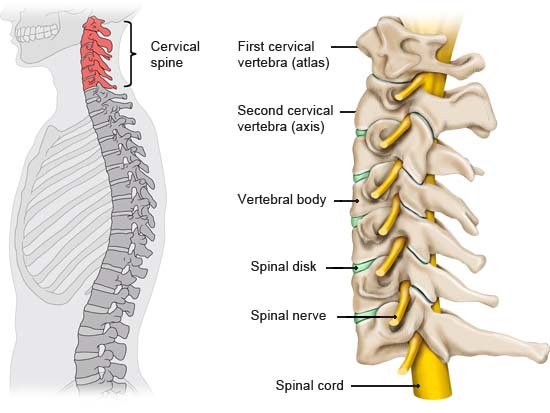Introduction

Acute neck pain is very common and usually nothing to worry about. Tense muscles are often to blame, for instance after working on the computer for a long time, being exposed to a cold draft, or sleeping in an awkward position. But in many cases there's no clear cause. Acute neck pain usually goes away within about one to two weeks. In some people it comes back again in certain situations, such as after work or intensive sports.
If the symptoms last longer than three months, it's considered to be chronic neck pain. Psychological stress is frequently a factor if the pain becomes chronic.
Some people who have neck pain avoid doing physical activities for fear of making things worse or injuring themselves. But there is no reason to worry as long as no warning signs of more serious problems arise. It is even a good idea to stay active and carry on as usual despite the pain. Exercises that target the neck can help to prevent neck pain.

